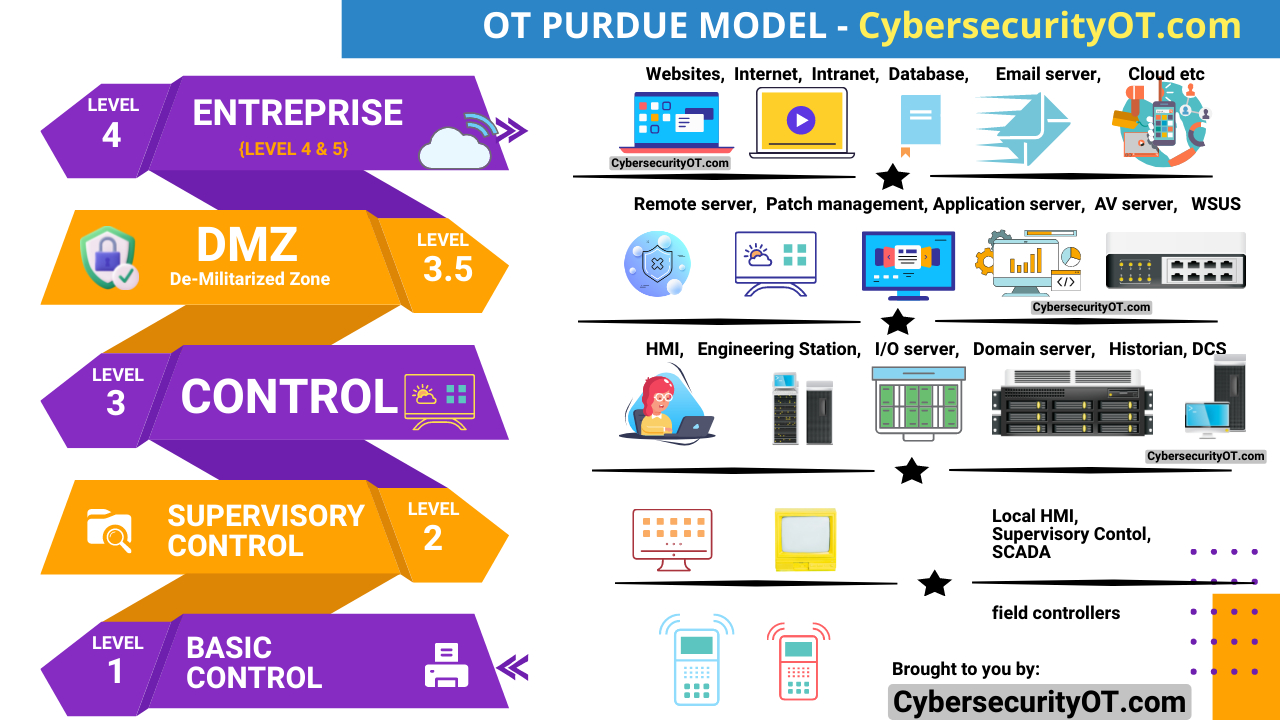IEC 61508 is an international standard for the functional safety of electrical, electronic, and programmable electronic safety-related systems. While it primarily focuses on ensuring the safety of systems, it also addresses cybersecurity to some extent, particularly in its latest revisions. Here’s what the IEC 61508 standard says about cybersecurity:
- Integration of Security into Safety: The latest editions of IEC 61508 emphasize the integration of cybersecurity considerations into the safety lifecycle of systems. This integration acknowledges the interconnectedness of safety and security and the importance of addressing both aspects to ensure overall system integrity.
- Identification of Security Threats: The standard requires the identification and assessment of potential security threats that could impact the safety functions of the system. This includes considering cybersecurity risks that could arise from intentional attacks, such as hacking or malware, as well as unintentional events that could compromise system security.
- Security Requirements Specification: IEC 61508 mandates the specification of security requirements alongside safety requirements during the system development process. This involves defining security objectives, identifying security functions, and establishing security measures to mitigate identified threats and vulnerabilities.
- Security Verification and Validation: The standard requires verification and validation activities to ensure that security measures are effectively implemented and meet the specified security requirements. This includes testing security controls, conducting vulnerability assessments, and performing security audits to validate the security of the system.
- Lifecycle Management: IEC 61508 emphasizes the importance of incorporating cybersecurity considerations throughout the entire lifecycle of the system, from concept and design to operation and maintenance. This lifecycle approach ensures that security is continuously monitored and maintained as the system evolves over time.
- Documentation and Traceability: The standard mandates documentation of cybersecurity-related activities, including risk assessments, security requirements, and verification/validation results. This documentation provides traceability and transparency into the cybersecurity measures implemented throughout the system lifecycle.
Overall, while IEC 61508 primarily focuses on functional safety, its latest revisions recognize the significance of cybersecurity in ensuring the overall integrity and reliability of safety-related systems. By integrating cybersecurity considerations into the safety lifecycle, organizations can better protect their systems against potential security threats and vulnerabilities.











